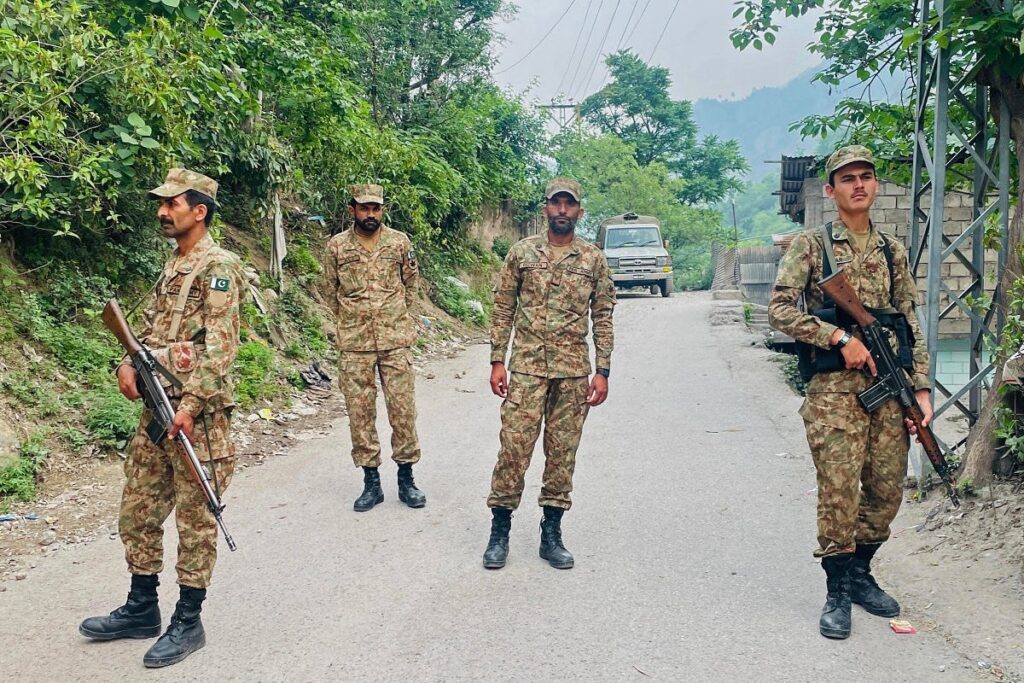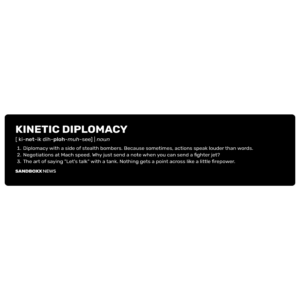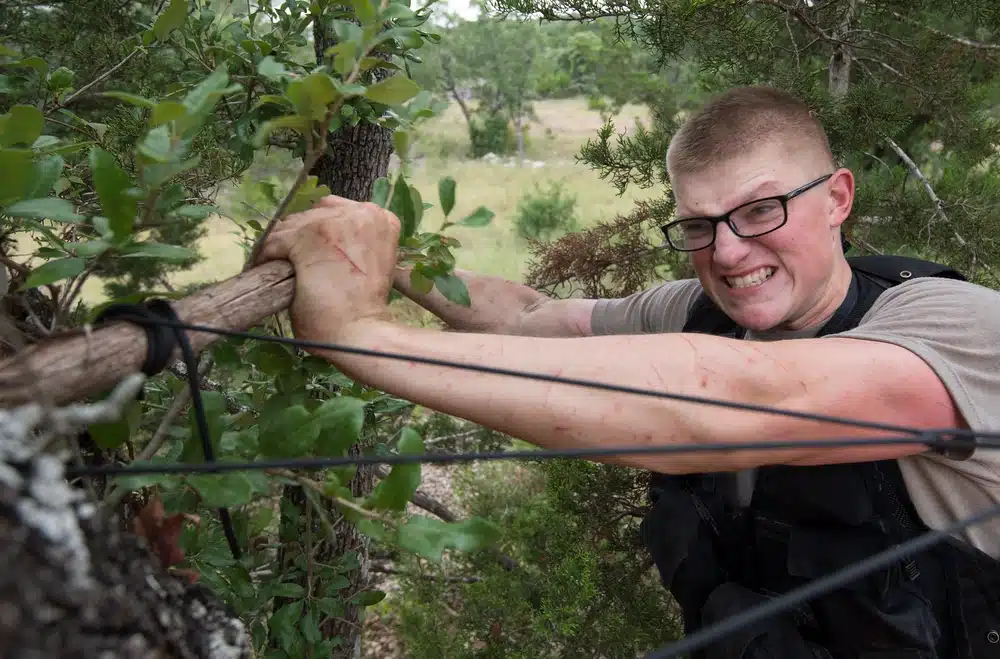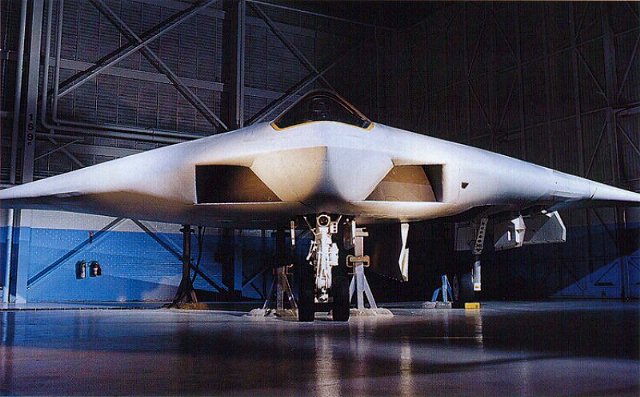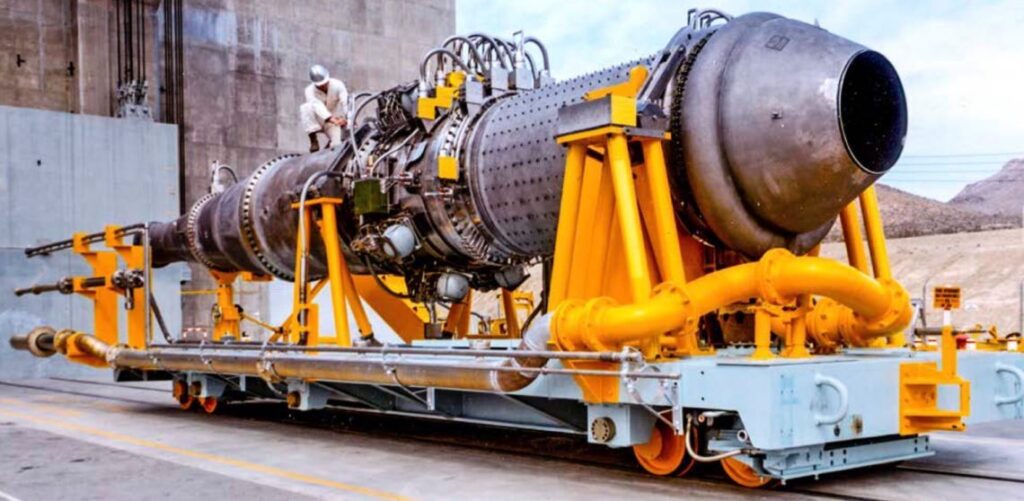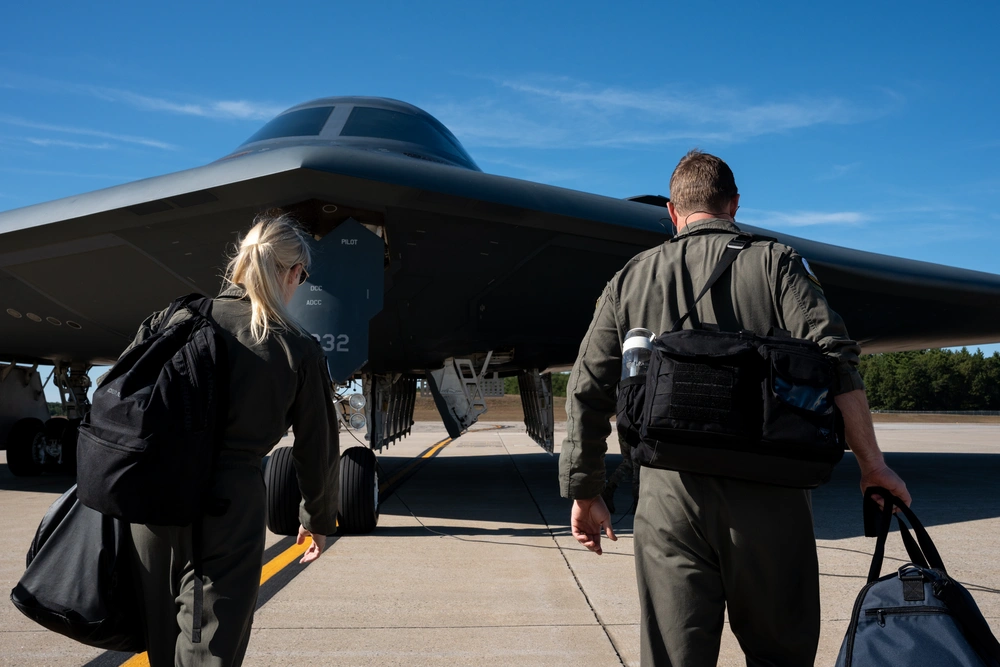According to credible reports, the unfolding conflict between India and Pakistan saw intense air-to-air combat on Wednesday night, with Pakistan’s Chinese-sourced J-10 fighters reportedly shooting down at least one of India’s French-sourced Dassault Rafale 4th-generation fighter jets, and maybe more.
This is the first ever recorded combat loss of a Rafale, and there’s mounting evidence to suggest that it wasn’t the only one. According to Pakistani officials, their forces shot down at least five Indian fighters on Wednesday night, including three Rafales, one Su-30, and a MiG-29, along with at least one large Heron drone. Thus far, Indian officials have not confirmed any losses, though photographs taken at the scene of one crash seem to confirm the loss of at least one Rafale, and two American officials speaking with Reuters under the condition of anonymity confirmed that at least two Indian fighters, among them a Rafale, were shot down by Pakistan’s J-10 aircraft.
The fighting is already happening in parallel to the digital warfare of armchair generals and OSINT analysts alike, trying to figure out what the images, video clips, and claims flooding social media might mean, not just in the hopes of divining the conflict’s outcome, but also to assess just how effective – or ineffective – advanced Western fighters like the Rafale may be when squaring off against some of China’s finest wares.
Yet, we have to be wary about drawing conclusions yet.
The crisis unfolding in Asia began with a terror attack last month, that saw a group of at least four gunmen kill 26 tourists in India-controlled Kashmir. India says they have credible evidence of Pakistan’s direct support for these terror groups, a charge that Pakistani officials deny.
This is just the latest spark in a long-burning conflict between these countries that extends back to 1947, when both states gained their independence from the British Empire. Since then, border disputes, particularly surrounding the territory of Kashmir, have erupted into open war on four separate occasions, with the first occurring just months after the two countries gained independence. Open war previously broke out 25 years ago, but they’ve exchanged airstrikes as recently as 2019.
Related: These are the unique weapons used in the border clashes between China and India
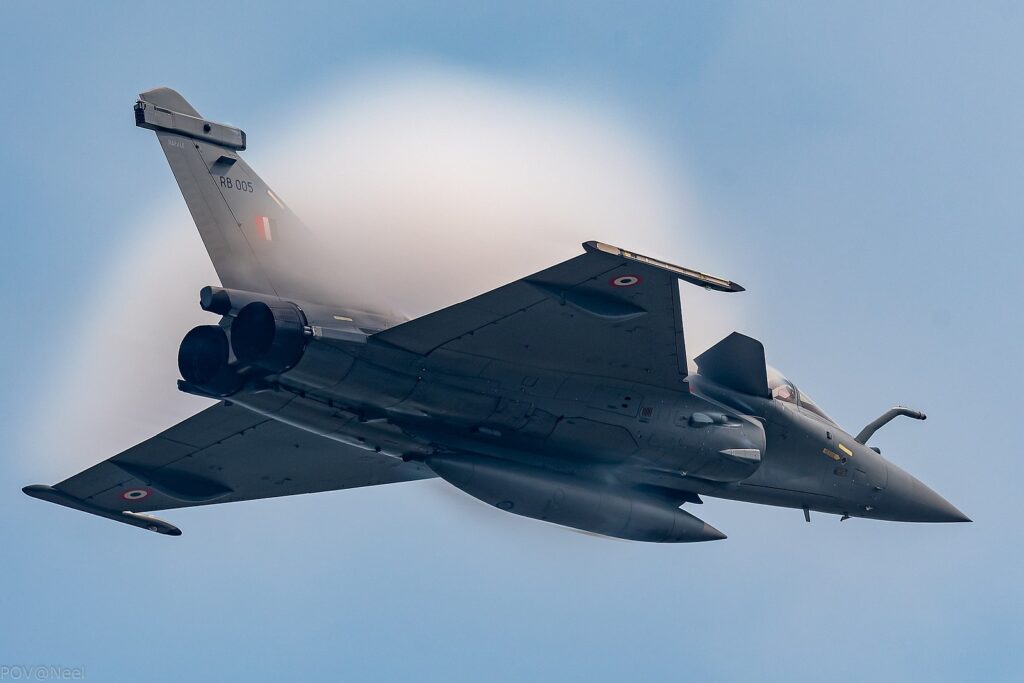
According to credible reporting, India’s retaliatory strikes began under cover of darkness at 1:28 AM local time, punctuated by a post on X from the Indian Army that read, “Praharay Sannihitaah, Jaya Prakshitayaah,” which translates to “Ready to Attack, Trained for Victory.”
Among other platforms, at least one but likely several Indian Rafale fighters crossed the border into Pakistan carrying French-sourced SCALP cruise missiles, otherwise known as Meteor, and AASM Hammers rocket-propelled glide bombs. At least one of these Rafale fighters was a single-seat EH model, but others may have been two-seat DH models. India has 28 single-seat EHs and only eight two-seat DH model fighters, which are primarily used for training but that backseater is also sometimes employed for complex air-to-ground operations like those carried out on Wednesday night.
The Rafale is a twin-engine, 4th-generation multi-role fighter that made its first flight all the way back in 1986, but saw its entry into service delayed by budgetary constraints until 2001. India’s 35 or so operational Rafales, however, are newer jets built to what France refers to as the F3 standard. This emerged in the early 2000s and represents a significant technological overhaul of the platform, including the integration of more modern weapon systems like the aforementioned AASM Hammer and the Meteor long-range air-to-air missile, an upgraded cockpit and pilot interface, and more. These Indian fighters then saw an additional dozen or so modifications, including an improved DASH helmet-mounted display and modified radar software meant to be tailored to India’s defensive needs. India’s most recent delivery of Rafales arrived in 2022.
Those aircraft carried out strikes inside Pakistani territory against at least nine targets that Indian officials described as “terrorist infrastructure,” emphasizing that they did not target any Pakistani military facilities or equipment. According to Pakistani officials, however, at least one of these missiles hit a mosque killing at least 31 people, including some children.
By 1:51 AM, just 23 minutes later, the Indian Army took to social media once again to announce the operation’s completion, declaring, “justice is served.”
It was amid these strikes, which the Indian military has dubbed “Operation Sindoor,” that a disputed number of Indian military aircraft were shot down. India has not acknowledged any losses, while Pakistan has claimed to have downed three Rafales, a MiG-29, a Su-30, and at least one large Heron drone. India has denied these claims.
Related: What really happened when F-22 Raptors squared off against the Eurofighter Typhoon?
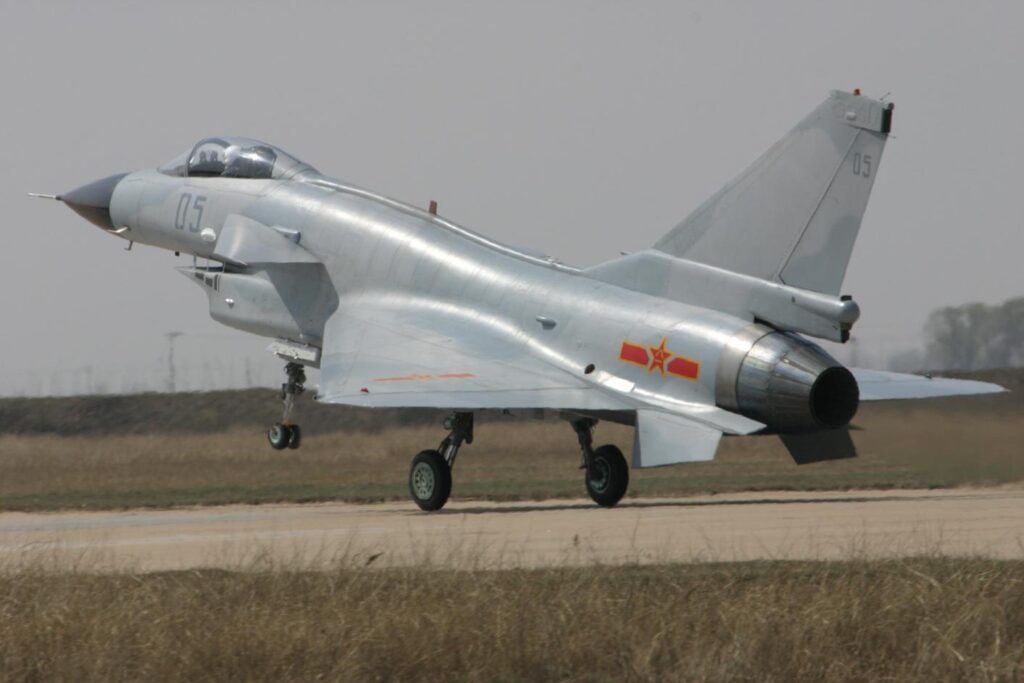
Not long after, images of Rafale debris began to surface on social media, including an intact vertical stabilizer adorned with the serial number BS1001, which is known to be associated with an Indian single-seat Rafale EH. American officials speaking under the condition of anonymity have since confirmed with Reuters that at least two Indian fighters were indeed shot down, seemingly both by Pakistan’s J-10CEs.
Like the Rafale, Pakistan’s Chinese-sourced J-10CEs are 4th-generation fighters updated to modern standards. The J-10 is a single-engine multi-role fighter that arguably saw its development expedited through the use of F-16 schematics provided to China by Israel in the 1980s, after the joint U.S./Israeli Lavi fighter program fell through. Pakistan’s J-10CEs, however, represent a generational leap ahead of those original Chinese jets, with a modern active electronically scanned array radar, updated full-glass cockpit, and radar absorbent coatings meant to delay adversary targeting. Pakistan began taking delivery of these jets in 2022.
We can’t currently say with any real confidence what type of fighter the second Indian loss was, though the logical guesses would a Rafale, MiG-29, or Su-30, all of which are operated by the Indian Air Force.
As The Warzone reported on Wednesday, the Rafale’s wreckage weren’t the only bits of shrapnel to garner social media attention. Images also surfaced on Wednesday morning of what appears to be the remains of a Chinese-sourced PL-15E radar-guided air-to-air missile, the likes of which are known to be carried by Pakistan’s J-10CE fighters. The debris was found in Punjab, on India’s Northwest border with Pakistan, and as far as the public is aware, this engagement marks the weapons’ first ever combat deployment.
One image, shared by Twitter user John Ridge shows the PL-15E’s active electronically scanned array radar, a rather advanced miniaturized seeker that allows for improved target acquisition and tracking while being more resistant to countermeasures like chaff than most in-service missile seekers. Other images show a portion of the missile’s fuselage, complete with serial numbers and a small seeker test port.
By Friday morning, images of another nearly intact PL-15 had also surfaced online, though Sandboxx News couldn’t confirm their authenticity by the time of this writing.
These advanced radar-guided weapons do not offer the same extended range of China’s domestically used PL-15s, but nonetheless offer a reported range of around 90 miles.
Related: What do we know about China’s new ‘6th gen’ fighters?
BREAKING:
— Visegrád 24 (@visegrad24) May 10, 2025
Indian air defenses are firing against Pakistani suicide drones attacking near Udhampur, which is located north-east of Jammu.
🇮🇳🇵🇰 pic.twitter.com/hajkgPTjCn
As the two countries exchanged artillery fire and drone strikes through Thursday, India claimed to have shot down at least two Pakistani fighters, including an American-sourced F-16 and a Chinese-sourced JF-17, though Sandboxx News couldn’t confirm these claims either. On Friday morning, the conflict had reportedly expanded beyond the Kashmir region, with both countries exchanging drone strikes, artillery, and small arms fire throughout a growing geographic area.
Meanwhile, the media and social media landscape only got murkier, with competing narratives being advanced by floods of like-minded commenters, and both countries issuing statements that directly contradict one another. And this is why it’s so important to rein in rampant speculation at times like this.
The information landscape we all occupy online is a warzone. India and Pakistan understand the strategic importance of controlling this narrative, both domestically and abroad. Malign actors from other states recognize this conflict as a strategic opportunity as well, since Western hardware is squaring off against Chinese equipment for the first time in the modern era, and veritable armies of both real and manufactured commenters and content creators are already leveraging this burgeoning conflict to advance their own interests in the digital theater.
The fog of war is still very real, and in the absence of conclusive facts, even the best of us are inclined to fill in the blanks with our own reasoning, and the worst of us are eager for the chance to twist what little we know into something it isn’t.
Pakistan’s Chinese fighters may indeed have outclassed India’s French jets. But it’s also possible that India exercised sloppy Operational Security and blew the mission, or an Indian pilot made a bad judgment call, a Pakistani pilot had a very lucky night, or a combination of all of these things… or none of them. Warfare is a complex, messy, and confusing business, and people are actively working to shape your perceptions of this fight through every means and medium available to them.
The conflict unfolding between India and Pakistan isn’t a spectator sport. It’s importance isn’t tied to Chengdu or Dassault’s stock prices, and the people fighting – and dying – aren’t doing it to prove anyone on social media right or wrong.
When you come across creators, commenters, articles, or posts already talking about this conflict in absolutes, be skeptical. Because warfare is messy, and staring at your screen harder won’t make the picture any clearer. We have to wait for the smoke to clear.
There’s no shame in the phrase, “I don’t know yet.”
Feature Image: Pakistani troops. (Brodie K./X)
Read more from Sandboxx News
- Marine Corps launches attack drone team to stay lethal in the modern battlefield
- Navy bolsters its aircraft carriers’ defenses with expendable loitering interceptors
- Mishaps during Rubber Duck operations with the Delta Force
- A second F/A-18 jet goes overboard in the Red Sea
- Death of the Golden Hour in Ukraine might make it harder to save US combat casualties in the future

